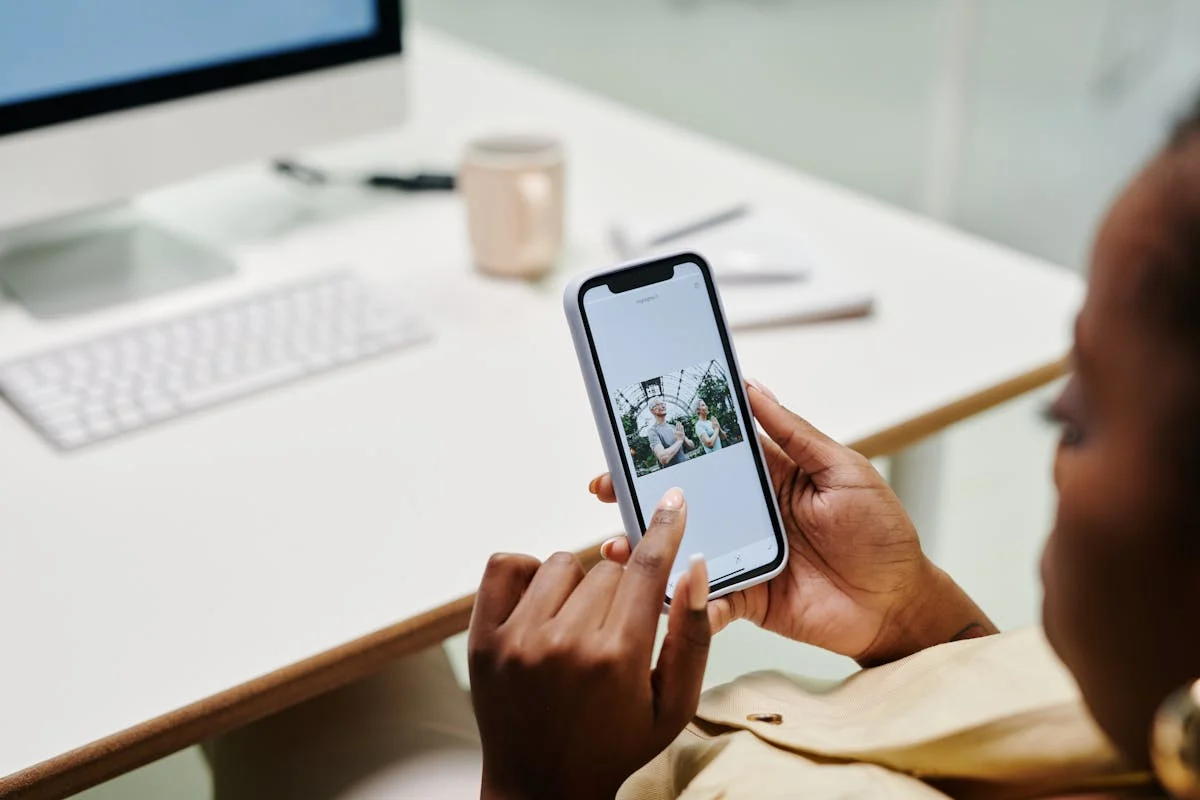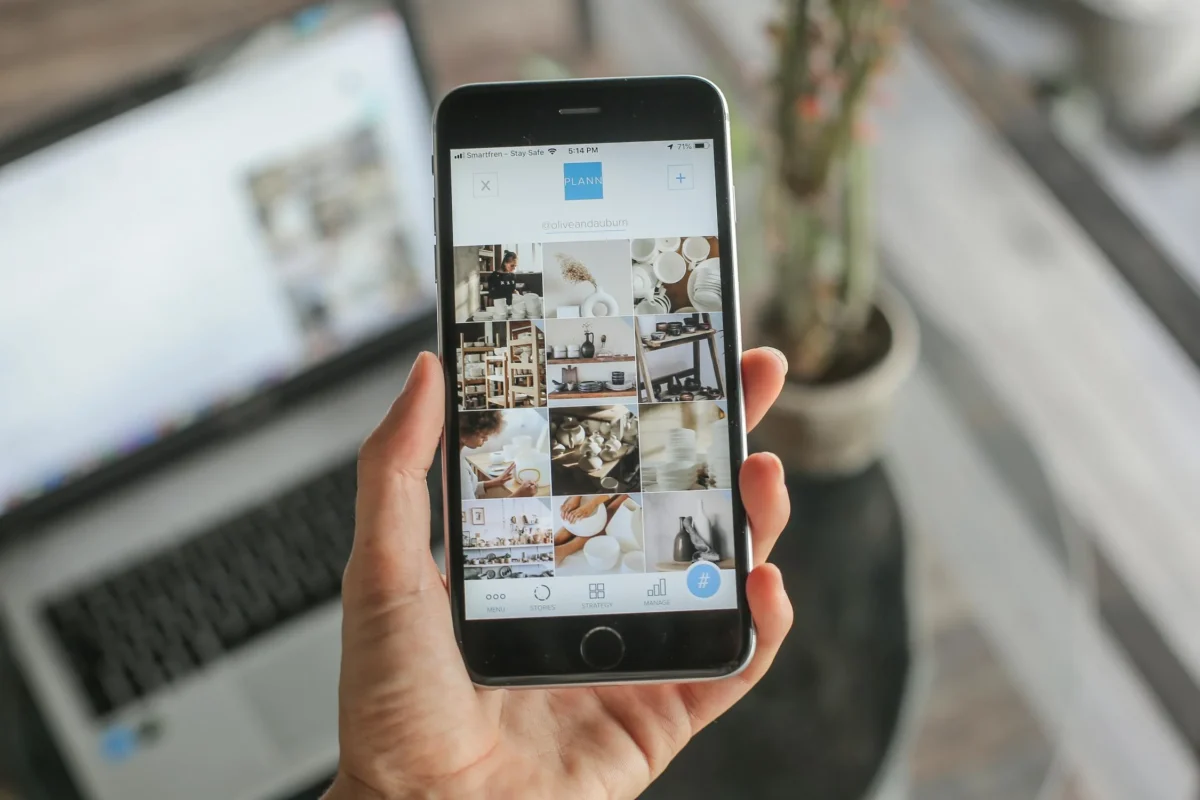Keeping Your Data Secure While Travelling

Can’t wait to head out on a Canada mini-expedition? You’ll need it to dig out interesting information while exploring. That’s why most of us take at least one mobile phone or laptop containing lots of valuable data. You might also need it to contact your employers during their break. If you lose your device (or it gets swiped during your trip), there is a considerable risk of harm to you and your employer.
The point of the trip is to come back with loads of photos and memories, not a new virus on your device, an accidental data breach, or debt from getting hacked by a swindler. Therefore, you must include data safety in your travel preparation list.
What Digital Risks Could You Encounter While Travelling?
If hackers get their hands on your stolen device, they could load it with malware and connect it to your company network. In certain circumstances, it’s possible to infect an entire network with ransomware or other malware via just one entry point.

Some device thieves look for sensitive files or data. They can use the data themselves or sell it to other criminals. For example, most people use automatic logins for social media sites, email, or even shopping apps. These shortcuts are very convenient — not just for you but also for a thief who gets his hands on your smartphone. They can get instant access and harvest all the data they need for identity theft and emptying your bank accounts.
There are also the dangers of risky internet connections and a few other stumbling blocks on your trip. These short, simple tips will help you avoid digital risks. You’ve earned a carefree trip!
How to Prepare Your Phone for Safe Travel

Follow this checklist to activate your phone’s basic defences against cybercriminals.
- Update the phone’s operating system and all your apps. Set it to auto-update to pre-empt those update messages that pop up at inappropriate times. Install an antivirus, firewall, and VPN. These are basic protection measures that every device should have.
- Configure the antivirus to run a check every time you connect your device via a USB cable. Avoid charging your device via unknown or public stations. If you’re in a jam, use your own cord, not someone else’s, as in rare cases, a cord may be pre-loaded with malware. Avoid using USB points in buses or rideshares like Uber. Plugging in may allow the driver to connect your phone to the vehicle’s system. Fortunately, on most phones, you’ll get a pop-up alert if the USB port can transfer data instead of just power.
- Set up a screen lock for your phone or laptop. It’s the first layer of protection against thieves and hackers. Use a long, complex passcode or biometrics like fingerprinting or facial recognition.
- Activate the Find My Device feature. If you lose your device (or someone steals it), you’ll be able to track its location. If the device can’t be retrieved, you can also use the remote function to erase the data on the phone, making it useless to snooping thieves.
- Deactivate one-click logins for your favourite apps. Get a password manager and use it to create new, strong passwords for all your apps. Using a password manager to log in adds a few seconds to the procedure but will make logging into your favourite apps far safer.
- Backup your files to a secure, encrypted cloud storage or external hard drive before you go. This will help you recover quickly if you accidentally take your phone swimming in a mountain pool, drop it down a ravine, or someone steals it.
How to Use the Internet Safely During Your Trip
Now that your phone is set up for travel conditions, you’ll need new safety rules while you’re on the move. Never connect to the internet — even at home — without a virtual private network (VPN). Remember that even a password-protected network can be unsecured or misconfigured. A VPN encrypts your connection and shuts out eavesdropping hackers (and your ISP). It prevents hackers from injecting harmful packets or stealing data (such as your login details) from the active data flow.

- Deactivate automatic WiFi connectivity and activate your VPN connection. A VPN will hide your IP address and help preserve your internet privacy. Because of the vast geographical surface, the best VPNs in Canada have to offer a wide choice of servers in different parts of the country. That’s the only way to ensure your connection is always fast and stable.
- Free Wi-Fi at cafés, hotels, kiosks, or airports could be a trap for the unwary. Hackers sometimes set up free hotspots falsely named after the location. For example, they might create a hotspot inside a hotel using a variation of the hotel name. The hacker can see, intercept, or alter your online data if you connect to it. By owning your connection, they can easily take over your device.
- Deactivate Bluetooth unless you’re using it. Bluetooth is super handy for hands-free phone calls, for example, while you’re scrabbling at bushes and rocks to help you conquer a steep hill. However, your device may accidentally allow automatic connection requests from other Bluetooth devices nearby. It’s better to disable it until you need it. As a bonus, disabling Bluetooth will extend your battery life.
- If you have to access company files (let’s hope it won’t be necessary while you’re on your break!), use your VPN to ensure your connection is secure while you work on them. If you have to save a file on your device, make sure you delete it afterward. Then, empty your trash folder and delete the history files, cookies, and cached data from your web browser.
- Beware of phishing emails. Some fraudsters specialize in scrutinizing social media for people who appear to be travelling. Their modus operandi is to send targeted emails (a spear phishing attack) about special travel offers to get you to make a scam booking, give up sensitive information, or click on a dangerous attachment or link.
Before You Go
There’s always something new to see in this beautiful, vast country, no matter what season or how much time or budget you have. Just remember to plan for digital safety for your trip. Prepare your phone for action before you go, and remember to choose your connections with care while you’re on the go.
